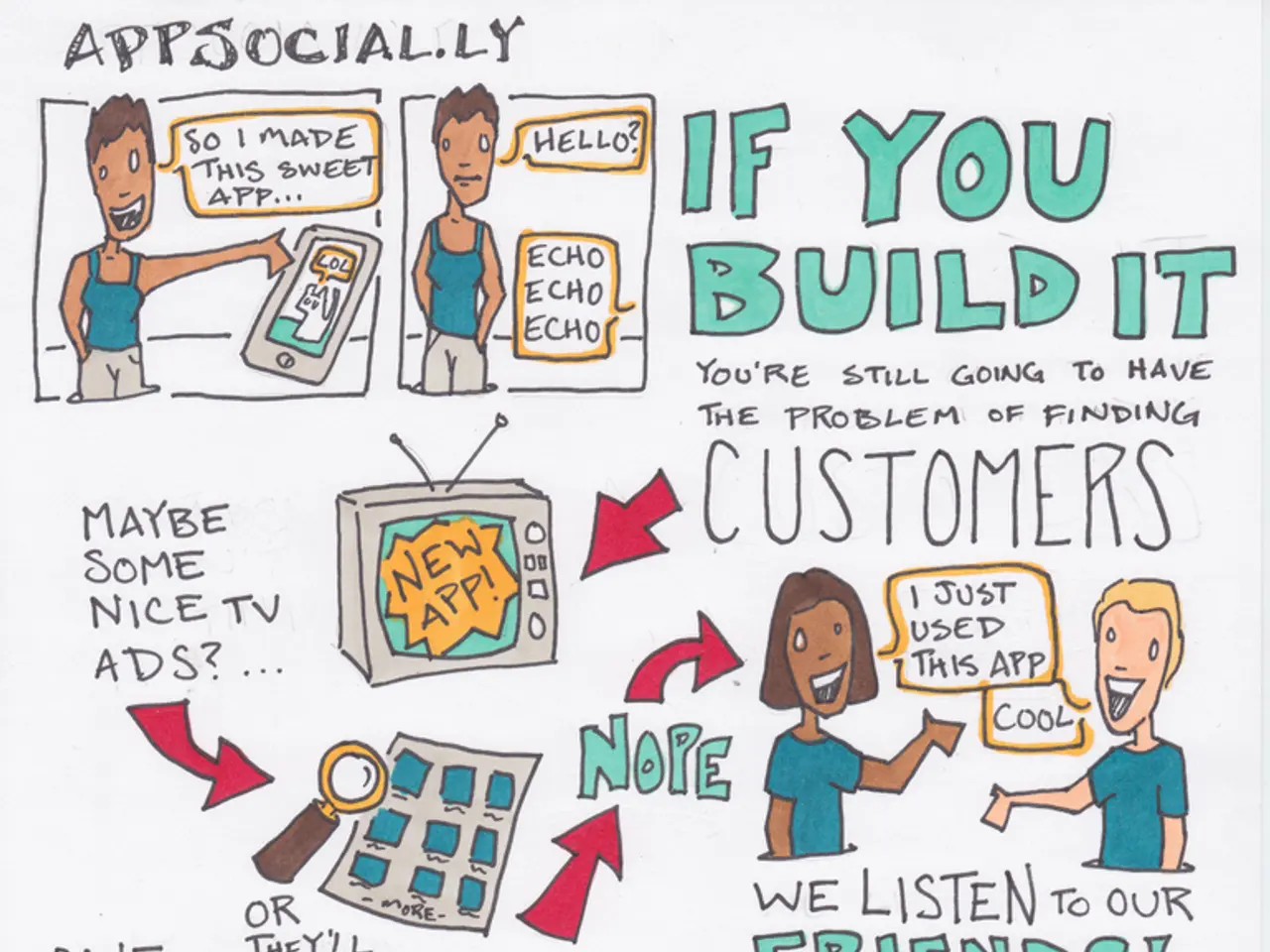Formatting Television Formats: A 5-Step Guide to Your Next Successful Show
In the dynamic world of television production, licensing TV formats has emerged as a strategic approach to reduce risk and capture a ready-made audience. This article will delve into the key aspects of TV format licensing, from centralized platforms and discovery to licensing agreements and digital asset management.
A centralized platform is essential for streamlining discovery, vetting partners, and tracking deals. These platforms help manage the entire lifecycle of a format licensing project, from discovery to broadcast. For instance, a centralized system like Project Tracker or a global entertainment marketplace can help find promising formats, identify trends, and connect with rights holders.
The process of discovering a hit format involves using data platforms for smarter sourcing. Traditional avenues like MIPCOM and NATPE are often too crowded and expensive. Instead, leveraging digital asset management (DAM) systems tailored for the licensing industry can be a game-changer. A platform like Mediabox-DAM allows you to securely store, manage, and organize various digital assets such as videos, images, and documents related to TV formats.
Once a promising format is discovered, an option agreement is signed. This gives the exclusive right to license a format in a specific territory for a certain period (e.g., 6-12 months). The option fee is much lower than the license fee and is often deducted from the license fee if the option holder proceeds. The license agreement is the full deal, triggered when the option holder decides to go to series production.
Understanding key differences between an option agreement and a license agreement is crucial for negotiating favorable terms. The license agreement outlines the terms for using the format, including the format fee or license fee, which is the upfront payment to license the format for production of one season.
Vetting a TV format involves analyzing performance data and audience fit, and assessing cultural translation. The key to successful adaptation is balancing fidelity to the original format with local nuances to ensure authenticity and resonance. Adapting and localizing a format is a delicate process that requires a deep understanding of the target audience and culture.
A production consultancy fee is a fee for the original creators/producers to help set up the production correctly. This fee can be invaluable in ensuring the production stays true to the format's essence.
Lastly, our website helps operationalize a licensing strategy by connecting the dots between discovering a format, finding the right production partners, and managing the deal flow efficiently. By integrating the DAM with other tools (e.g., project management or rights management systems), we can optimize collaboration between teams and enhance the product development cycle.
In conclusion, centralized platforms, digital asset management, and a comprehensive understanding of the licensing process are key to success in TV format licensing. By streamlining workflows, reducing inefficiencies, and making smarter decisions, you can increase your chances of finding the next big hit.
A centralized platform, like Project Tracker or a global entertainment marketplace, is essential for discovering promising television formats, identifying trends, and connecting with rights holders. Once a format is discovered, an option agreement is signed, giving the exclusive right to license a format in a specific territory for a certain period, with the license agreement being the full deal triggered when the option holder decides to go to series production.





